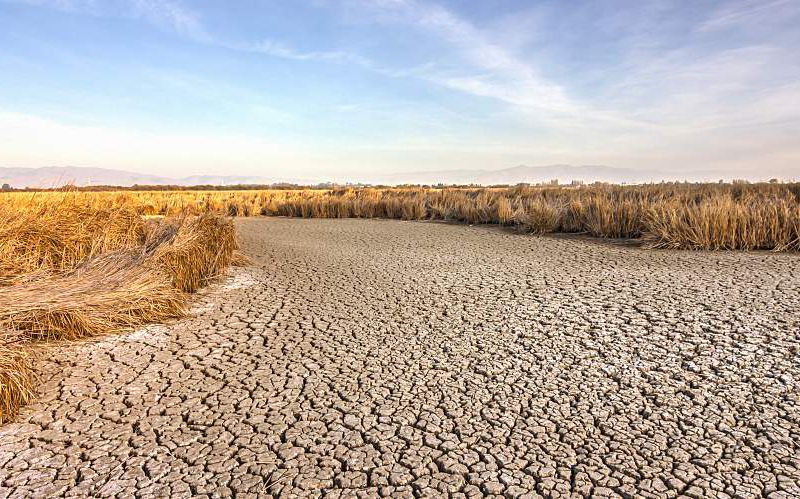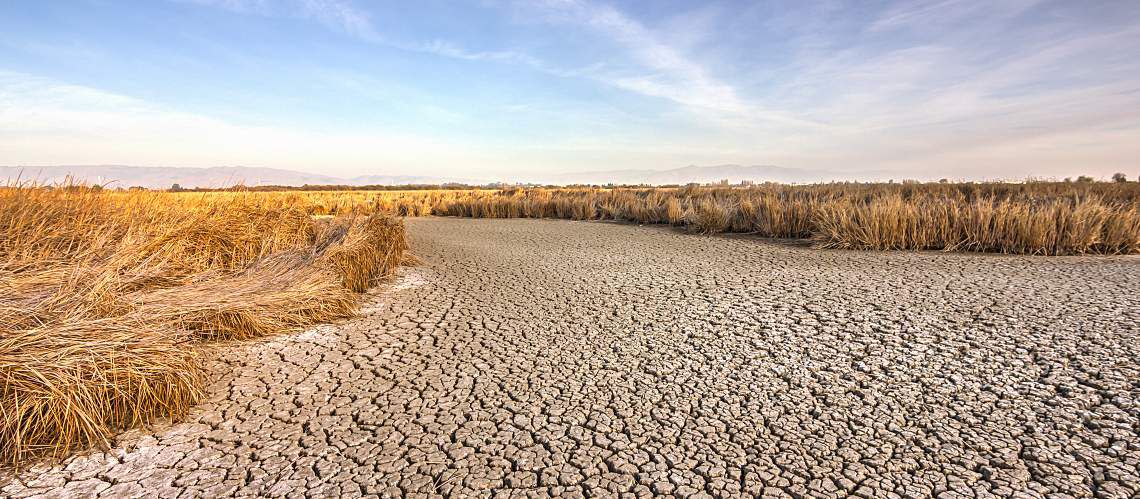American Water Shortages, Drought Take Economic Toll


Extreme water shortages across the United States are taking a huge economic toll. The effects extend from coast to coast and include skyrocketing costs and reduced agricultural production.
Groundwater is drying up at unusually high rates in California's Central Valley, parts of the Mississippi River remain too shallow for shipping barges to pass through, and drought lowered crop yields in New England.
The crisis, driven by climate change, increases pressure on water utilities and water testing facilities nationwide. Some communities have had to introduce unprecedented water restrictions. Drought can also drastically affect water quality, posing enormous risks to public health.
Worse Than the Dust Bowl
Water shortages threaten the national economy, according to Fiona Burlig, an applied microeconomist and assistant professor at the University of Chicago. She and her colleagues from two other universities noted in a commentary for Barron's last year that water shortages affect more than 3 billion people globally.
"In the United States alone, nearly half the country is experiencing a drought after the hottest summer on record, exceeding even that of the Dust Bowl," they wrote. Water cuts "have a ripple effect" economically and hit farmers the hardest, the professors added.
California has been through droughts before, but 2022 marks the worst one yet for the state. Known as the country's breadbasket, California's Central Valley normally produces a quarter of the food Americans consume. But the 20,000-square-mile valley has experienced the driest stretches in state history over the past three years, the Sacramento Bee reported in November.
Researchers from the University of California, Merced published a report on the ways that recent droughts affect state agriculture financially. They concluded that direct economic losses from crop revenue jumped from $1.3 billion total in 2021 to $1.7 billion in 2022.
Starting in June, the Metropolitan Water District of Southern California began imposing emergency water restrictions. The rules vary by city but include limiting irrigation times and reducing monthly residential water budgets. They affect 6 million people.
"We must do everything we can to lower our use and stretch this limited supply," the water district's general manager said in a public statement. "If residents and businesses don't respond immediately, we'll have to take even stronger action."
Hitting the Bottom
The Colorado River stretches for 1,450 miles and is known as the "Lifeline of the Southwest." Seven states rely on the basin: Wyoming, Colorado, Utah, New Mexico, Arizona, Nevada, and California. In 1922, representatives from these states divided up the water under the Colorado River Compact. A century later, drought is hammering the river. Officials fear what will happen to the major dams, reservoirs, and hydroelectric facilities along it.
For example, if the Bureau of Reclamation's power plant at the Glen Canyon Dam on Lake Powell in Northern Arizona can't provide hydroelectric power, customers who normally pay $30 per megawatt hour would have to purchase electricity on the open market for potentially as much as $1,000 per megawatt hour, the Washington Post reported. Five million retail customers in the Southwest utilize hydropower from the dam.
Farther east, the Mississippi River reached historically low levels. The Mighty Mississippi, known for periodic overflowing during floods, fell so much that shipping barges ran aground. This fall, Bloomberg reported that one traffic jam blocked more than 2,000 vessels. The shipping woes directly affect trade, including valuable agricultural exports from the river basin. AccuWeather estimated that financial losses could reach $20 billion.
"As the shipping system grinds to a crawl, barge rates have soared," Bloomberg Green said. "In the first week of November, shipping one ton of soybeans by barge from St. Louis cost $80.12, nearly 400% more than the year-earlier level."
The Guardian pointed out that barges tend to be more cost-effective and emit less carbon dioxide emissions than trucks and rail cars for shipments. U.S. Army Corps of Engineers vessels have been deployed 24/7 for emergency dredging along the Mississippi River to maintain enough water for barges to pass through, a spokesperson told Business Insider.
Drought Reaches Green Areas
Dry conditions have even affected areas in New England known for their verdant landscapes. Over the summer, water levels fell off in Connecticut, Maine, Massachusetts, New Hampshire, Rhode Island, and Vermont. Most of the region continued to experience drought well into the autumn, based on real-time monitoring by the U.S. Geological Survey (USGS). The agency categorized several droughts as "severe" or "extreme."
CNN reported in August that the entire state of Massachusetts had some level of drought occur within a two-week period, leading to conditions the news outlet called "flash drought." Abnormally high temperatures didn't help, either. Cranberry farmers in Massachusetts—second to Wisconsin for production—have struggled with low yields and thin margins, according to Modern Farmer. The magazine added that cranberry farming in both states supports approximately 11,000 jobs each year and contributes $1 billion total to their state economies.
Droughts, water shortages, and other extreme conditions rooted in climate change are bound to intensify. In addition to taking emergency preparedness steps, managers at water utilities and labs can plan for greater customer needs and higher costs. Safeguarding water will only become more essential in parched communities.






